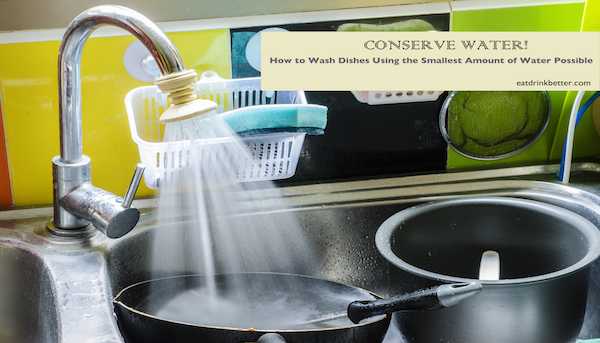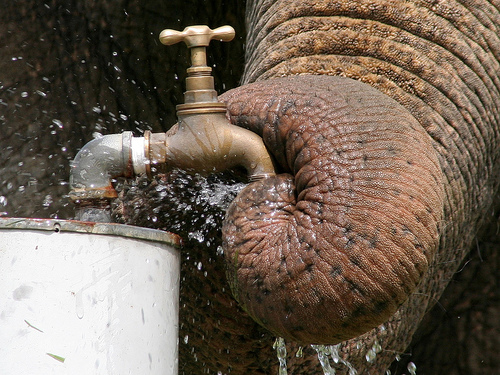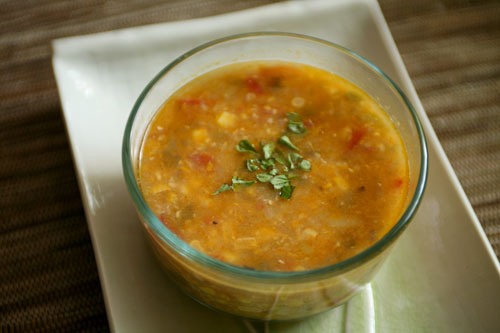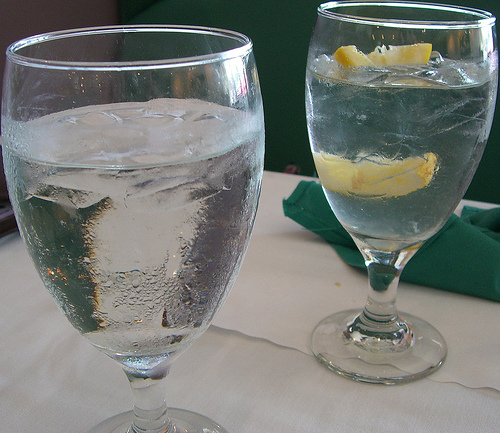There is a massive drought going on in California right now. We’re doing everything we can here to conserve water, but no matter where you live, there’s really no reason to waste this precious, vital resource. Knowing how to wash dishes properly is a game changer in this situation.
You’re probably thinking “but I know how to wash dishes already.” It’s not rocket science, right? You take dirty dishes and make them clean, usually by any means necessary. But for most of us, that involves turning on the water and not turning it off until we’re completely done with doing our dishes. It’s not technically the wrong way, but it’s certainly not the right way to do dishes with water conservation in mind.
And until we get a super sci-fi laser molecule blaster to do dishes for us without a drop of water, we still have to use this resource.
How to wash dishes using the least amount of water possible
Step One:
Get better at leaving no food waste. I’m not suggesting you lick your plate, but if no one’s watching…
Step Two:
Scrape off all the excess food into compost or trash. This is a no-brainer, but sometimes we just forget or get lazy and blast everything with the sprayer. Your compost will thank you for adding nitrogen rich foods like coffee grounds. What you can’t compost (really oily foods, for example) can help accelerate the decomposition process at your local landfill.
For really tough and sticky items or for bacteria-prone animal products, blast them with vinegar or salt to help kill germs and make cleaning easier.
Step Three:
Stack your dirty dishes next to – not in – the sink. Make sure your sink is clean. This can be done with a spritz of vinegar and wiped down with a towel. No water!
Step Four:
Lather up a clean sponge so it’s frothing with a good natural foamy dish soap. You’ll need a little bit of water to moisten the sponge but not very much! Begin cleaning off your dishes by lathering them and scrubbing off food particles. Take them off of the counter next to the sink, lather them up and set the still-covered in soap dishes into your clean sink.
Step Five:
Turn on your water and rinse! Use gravity to your advantage; Rinse the big items first so the clean water falls onto the smaller items and cleans them off as well. That’s it!
Note: If your hot water takes a while to heat up, make sure to collect the cool water coming out of the spigot. Use it to water your garden or house plants or for cooking. And it’s actually okay to use cold water to wash dishes (and your hands!). It’s the soap—not the water—that kills germs and if you’re properly lathering your dishes and hands, you can use cool water.
Dishes image via Shutterstock







